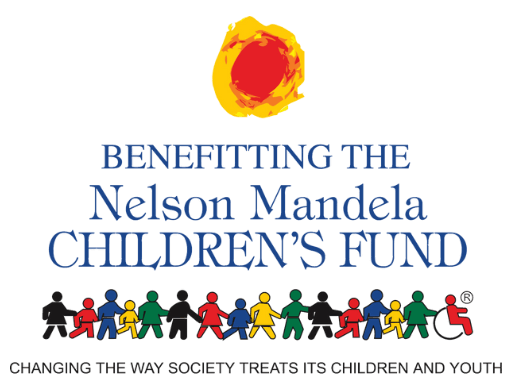What is EMDR Therapy
Eye Movement Desensitisation and Reprocessing (EMDR) is a tool used in Psychotherapy that was developed by Francine Shapiro to resolve trauma caused by exposure to distressing life events such as military combat or rape. It is used to treat PTSD (Post-Traumatic-Stress-Disorder) and other similar Disorders such as Phobias on a short-term basis.
According to the EMDR Theory, when a traumatic or distressing experience occurs, it may disturb neurological and cognitive coping mechanisms. The memory and associated stimuli of the traumatic event are ineffectively processed, and are dysfunctionally stored. The goal of EMDR therapy is to process these distressing memories, reducing their influence in the present, and allow clients to develop more adaptive style of coping, free from distressing symptoms.
The EMDR treatment works by assisting the victim or client to process distressing memories more fully which reduces the distress. It is an Integrative Therapy, incorporating aspects from many psychological orientations, such as Cognitive-Behavioural Therapy, Psychodynamic, Experiential Therapy, Interpersonal Therapy as well as Somatic and Physiological Therapy.
EMDR is unique treatment process as it uses bilateral stimulation of the brain, such as eye movement, bilateral sound (tones), or bilateral tactile stimulation (tapping) during each session, as well as using thoughts or cognitions, visualisations and body sensations. EMDR also uses dual attention awareness to allow the client to move between the traumatic material and the safety of the present moment. This can help prevent retraumatisation from exposure to the disturbing memory. With the bilateral stimulation, this evokes neurological and physiological changes that aids in the processing of the traumatic memories.
When traumatic memories are activated, the client may re-experience aspects of the original event, often resulting in inappropriate overreactions in current life situations. Hence the reason why people who have experienced or witnessed a traumatic incident may have recurring flashbacks, intrusive thoughts, or dreams that impacts daily functioning. An unprocessed memory of a traumatic event can hold high sensory and emotional intensity levels, even if many years may have passed.
The distressing memory is transformed when new connections are formed with more positive and realistic information. The transformation allows the client to recall the incident with new understanding and insight, symptom-relief in mind and body, resolving cognitive distortions with no emotional distress.
EMDR may be used in adults and children for:
- Trauma or PTSD (as a victim or a witness to the traumatic event)
- Acute Stress Disorder
- Depression and related Disorders
- Post-Natal Depression
- Anxiety, Fears, Nightmares and related Disorders
- Self-Esteem
- Performance
- Creativity enrichment
- Emotional Dysregulation
The EMDR is a treatment approach which has been empirically validated in randomised studies of trauma victims. It has been highly recommended by the APA (American Psychiatric Association) and by the Mental Health Departments of UK, Israel, Northern Ireland, France, Sweden and more.
Visit www.emdr.com for more in-depth information and research articles. EMDR International Association provides a searchable database of therapists who are certified to practice EMDR.


